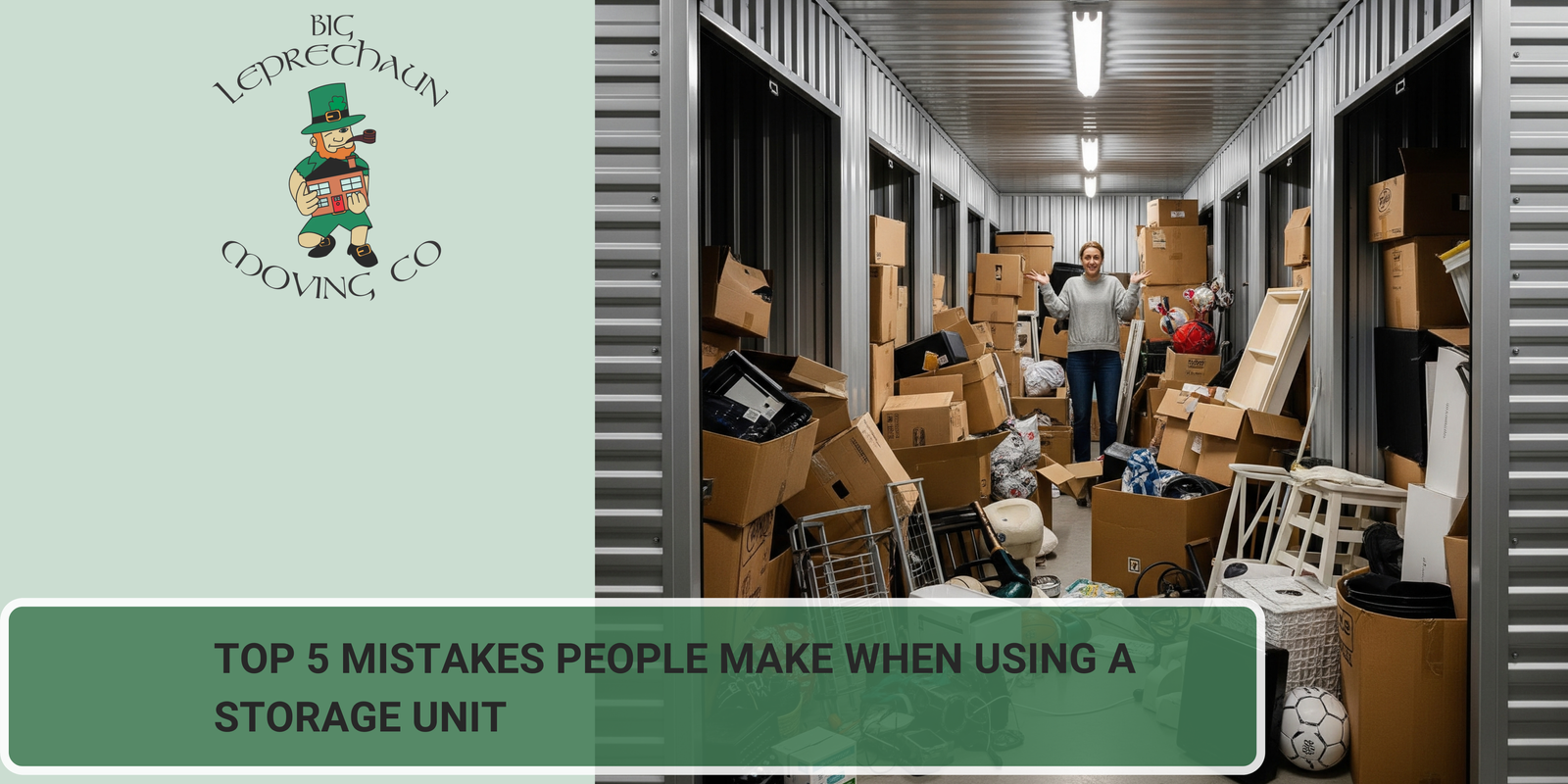Moving to a new home is exciting, but the process comes with challenges, especially when it comes to relocating large appliances. From refrigerators and washing machines to stoves and dishwashers, improper handling can result in expensive damage, safety risks, and even voided warranties. The key to a successful move? Properly preparing your appliances ahead of time.
Whether you’re hiring movers or going DIY, this guide will walk you through the step-by-step process to safely move your home appliances while avoiding common mistakes.
Why Proper Appliance Prep Matters
Appliances are heavy, expensive, and often have delicate components. Skipping the prep work can lead to:
- Damaged parts or scratched surfaces
- Water or gas leaks
- Electrical hazards
- Costly repairs or replacements
- Reduced appliance lifespan
Taking time to prepare ensures your appliances arrive safely and function properly in your new home.
General Tips Before You Start
- Read the user manual: Manufacturer instructions may include important moving and storage guidance.
- Take photos: Document hose and cord configurations to make reinstallation easier.
- Gather supplies: Moving blankets, tape, screwdrivers, zip ties, and appliance dollies are essential tools.
Step-by-Step: How to Prepare Major Appliances for a Move
1. Refrigerator and Freezer
Preparation Time: 24–48 hours before moving day.
Steps:
- Empty and defrost at least 24 hours in advance. Wipe away all moisture to prevent mold.
- Clean thoroughly using a mild detergent.
- Disconnect water lines (if connected to ice makers or water dispensers).
- Secure all shelves and drawers with tape or remove them to avoid shifting.
- Leave doors open slightly to prevent odors and mildew if the move is long-distance.
Pro Tip: Use a moving dolly and keep the refrigerator upright to avoid damaging the compressor.
2. Washing Machine
Preparation Time: 24 hours before the move.
Steps:
- Run a final cleaning cycle with washing machine cleaner.
- Disconnect hoses and drain any remaining water.
- Use shipping bolts to secure the drum and prevent movement during transport.
- Wrap hoses separately and label them for reinstallation.
Note: If shipping bolts are missing, order replacements from the manufacturer.
3. Dryer
Steps:
- Unplug the dryer and clean out the lint trap and interior with a vacuum.
- Disconnect the vent hose and remove any lint buildup.
- For gas dryers, have a professional disconnect and cap the gas line for safety.
- Secure the drum with tape or padding to minimize internal movement.
4. Dishwasher
Steps:
- Turn off the power and water supply.
- Disconnect hoses and allow them to drain completely.
- Wipe down the interior and leave the door open slightly to avoid mold.
- Tape the door shut and wrap the appliance in a blanket or pad.
Pro Tip: Keep screws and hoses in labeled plastic bags and tape them to the unit for easy reassembly.
5. Oven and Stove
Steps:
- Remove all racks and trays and pack them separately.
- Unplug electric stoves or have a professional disconnect a gas line.
- Clean thoroughly to remove grease buildup.
- Tape knobs and doors securely to avoid breakage.
- Cover glass surfaces with cardboard and padding for protection.
6. Small Appliances
For microwaves, toasters, blenders, and similar items:
- Clean and dry each appliance.
- Pack cords neatly with twist ties or zip ties.
- Use original boxes if available, or wrap in bubble wrap and box with padding.
Bonus Tips for a Smooth Appliance Move
- Label everything, cords, hoses, bolts, and parts, to simplify reinstallation.
- Avoid stacking heavy items on appliances during transport.
- Use appliance dollies to move large items safely and avoid injury.
- Secure appliances in the truck using straps or bungee cords to prevent shifting during transit.
- Wait 4–6 hours before powering up a fridge after moving to allow fluids to settle.
When to Hire Professionals
While DIY moving works for small jobs, professional appliance movers are recommended if:
- Your appliances are high-end or custom-built
- You’re dealing with gas or water line disconnections
- There are narrow hallways, stairs, or tight corners
- You want to avoid damage and protect your warranties
Hiring insured movers ensures peace of mind and protects your investment.
Final Thoughts
Preparing your appliances for a move might seem like extra work, but it’s time well spent. By following the right steps, cleaning, disconnecting, securing, and labeling, you’ll prevent costly damage, reduce stress, and make setup in your new home far easier.
Whether you’re moving across Boone or the country, proper appliance preparation ensures your kitchen and laundry room will be up and running again without a hitch. Contact us today!







